Document Type
Case Study
Publication Date
2021
Interviewee
Bradley Gunn; Ellen Ziegler; Margie Livingston
Editor
Susan Kunimatsu
Abstract
SOIL is a non-profit gallery and artists’ collective in Seattle’s Pioneer Square neighborhood that focuses on emerging artists and challenging art (Meade et al., 2005). Since its establishment in 1995, SOIL has resided in five different locations from the now-departed Erikson building across the street from the downtown Seattle Art Museum, to Capitol Hill and Pioneer Square. Despite this series of location changes, SOIL has maintained its prominence in Seattle’s arts community. How did space influence SOIL’s identity and how has it maintained that identity through a series of changes in facility and neighborhood? In a study of the 1990s national building boom in arts facilities, researchers found that mission-based decision-making, clear and consistent leadership, community engagement, and a facility that fit the organization’s mission were key to an organization’s long-term sustainability (University of Chicago Cultural Policy Center, 2012). For this case study, SOIL’s success will be measured against metrics outlined by the University of Chicago’s Cultural Policy Center in addition to comparison with like organizations in Seattle and across the country. Information regarding SOIL’s transition from location to location while still retaining its identity has been acquired through interviews with SOIL’s membership and data gathered from their website and records.
Organization or Event
SOIL Art Gallery; Tashiro Kaplan Building
Form of Entity
Nonprofit, Other: Cooperative
Area of Activity
Producer/Creator, Presenter/Distributor, Venue/Facility, Services for Artists
Artistic Discipline
Visual Arts, Multidisciplinary Arts
Recommended Citation
Mielcarek, Alexandra, "SOIL & Space: How Infrastructure Shaped SOIL Gallery’s Identity" (2021). SOIL Art Gallery. 1.
https://scholarworks.seattleu.edu/soil-art-gallery/1


